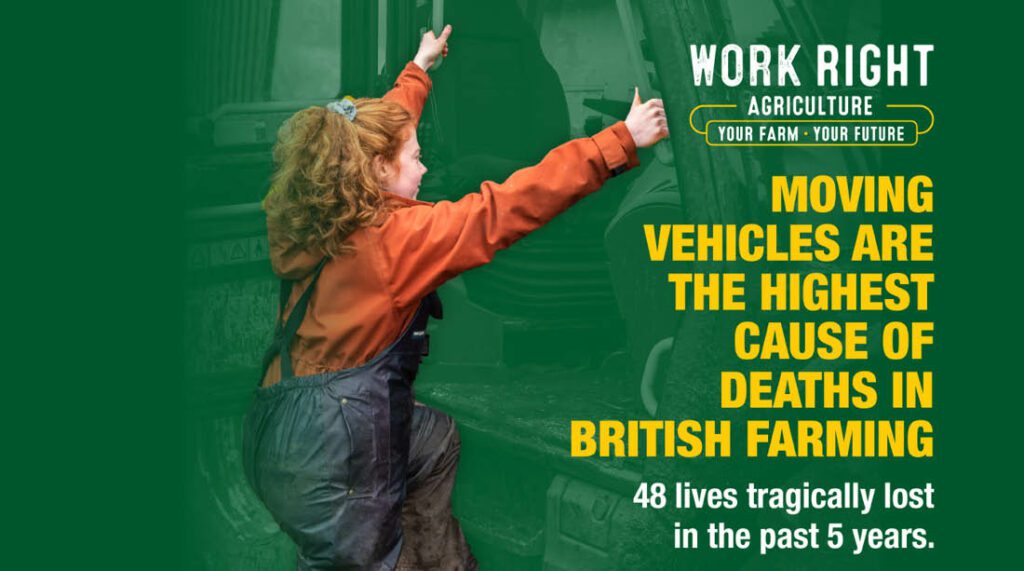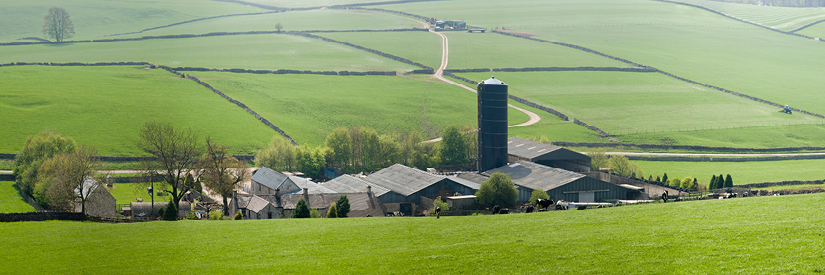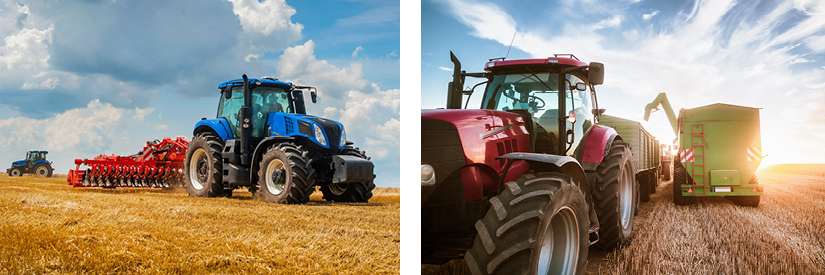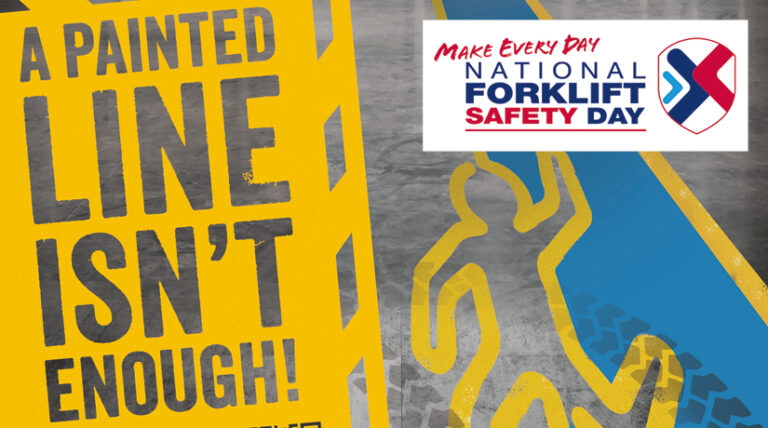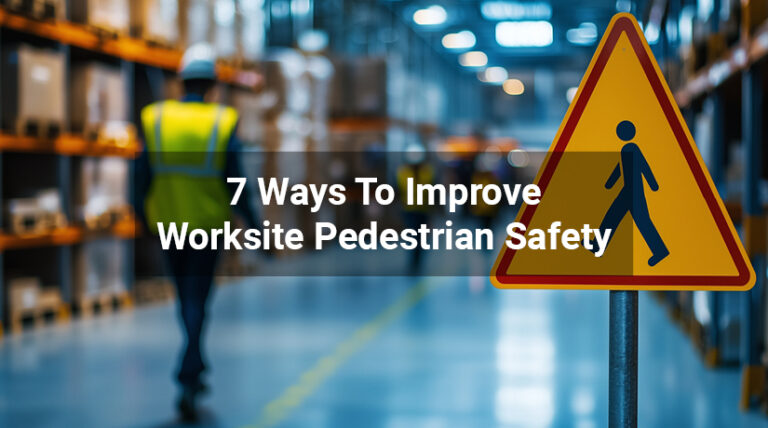Agriculture is without question, one of the most dangerous industries to work in, repeatedly boasting the highest rate of deaths and injuries at work (per 100,000 workers) of all sectors, and a fatal injury rate 21 times higher than the all industry rate. Accidents involving moving vehicles are consistently the highest cause of deaths in British farming, accounting for 30% of all fatal injuries over the past 5 years.
In a drive to improve safety in farming, the Health and Safety Executive (HSE) has launched the Work Right Agriculture ‘Your Farm. Your future’ vehicle safety campaign, shining a light on farm safety and placing explicit focus on the safe use of farm vehicles[1].
According to HSE data for 2021/22, there were 22 fatal accidents, and the sector sees an annual average of around 11,000 non-fatal injuries each year, significantly more than other sectors[2]. HSE is using this new campaign to call on the British farming community to take positive action to improve overall safety and reduce the number of serious agricultural accidents involving vehicles.
The Work Right Agriculture campaign focuses on three key areas:
Operating a safe farm:
- Segregate vehicles and people with clearly marked routes and walkways to keep them apart to avoid serious injuries.
- Use barriers and posts in high-traffic areas to protect people and save lives.
- Use signage, good lighting and high-visibility clothing to help everyone be seen on the farm.
Maintaining a safe vehicle:
- Regularly check and maintain brakes. Trailers must have brakes designed for the maximum loads and speeds at which they will operate.
- Ensure a seatbelt is fitted and worn every time.
- For vehicles that have doors fitted as standard, make sure the doors are attached securely and remain closed when the vehicle is moving.
- For vehicles that have mirrors fitted as standard, double check they are fitted securely and are clean to ensure optimum visibility.
Being a safe driver:
- Use the handbrake every time. To prevent serious injury if your vehicle moves due to the terrain or gradient, follow the simple safe stop routine before you get out or off a vehicle: handbrake on, gears in neutral, engine switched off and the key removed.
- Ensure you’ve been trained properly; training is vital to help keep everyone safe.
- Think visibility to protect everyone on the farm, whatever the vehicle - ensure mirrors and windows on the vehicle are clean and when manoeuvring, take a moment to consider where the blind spots are. Keep people away while you are moving, get people to stand where you can see them.
The HSE has described this three-prong approach as a safety jigsaw where all the pieces together create a safe workplace picture and removal of any of the piece results in increased risk. A dedicated website has also been launched, where anyone can access helpful advice on the safe use of vehicles on farms.
This initiative highlights the very real threat to farm workers and the high frequency of strikes by moving vehicles. ZoneSafe proximity warning systems are easily installed on farm vehicles and within the farm environment, and help to remove this risk by alerting drivers and workers of the presence of nearby vehicles. Full segregation of vehicles and people is advised but unfortunately not always possible – ZoneSafe bridges that gap by making safe close proximity working possible where both people and vehicles are present.
Read about how ZoneSafe helped improve site safety at Keyo Agricultural here – Keyo case study
[1] Work Right Agriculture – Work Right to keep Britain safe
[2] Agriculture, forestry and fishing statistics in Great Britain, 2022 (hse.gov.uk)

